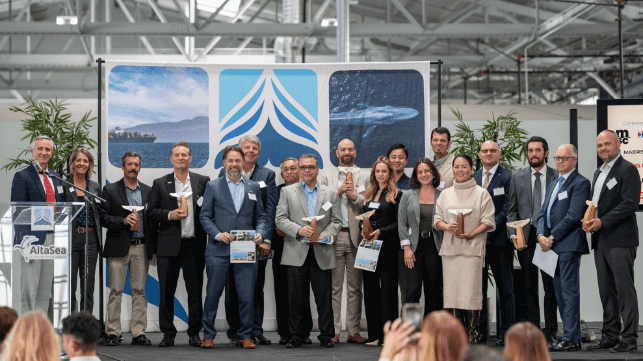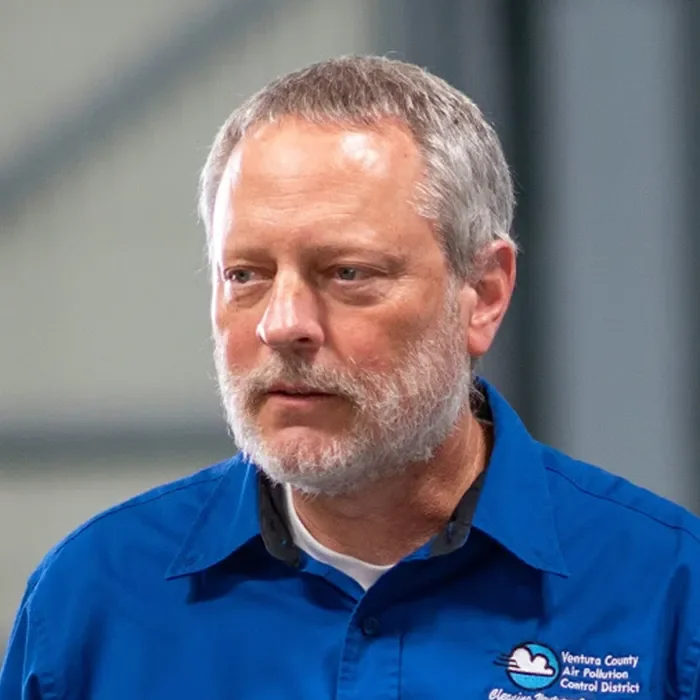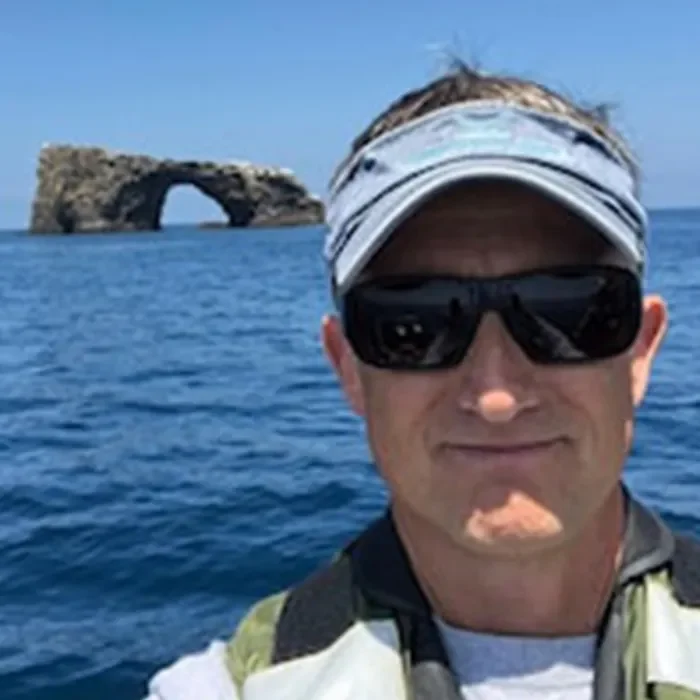Cumulative Program Impacts
BWBS recently surpassed a decade of voluntary action for safer whales, cleaner air and a quieter ocean. Each year the program has witnessed both increased participation and cooperation rates from shipping lines, and recently expanded to include an ambassador program to help grow demand and awareness for these opportunities to protect endangered whales and coastal communities.
A Growing Movement
What started as a regional effort has grown into a globally recognized program, with more ships slowing down each year to protect whales and reduce emissions. As participation expands, so does our impact—safer seas, cleaner air, and a more sustainable shipping industry.
(Scroll left or right to see full table)
2024 VSR Season
The 2024 VSR Season marked the highest enrollment and cooperation rates to date. Collectively, participating fleets traveled ~426,000 nautical miles at "whale-safer" 10 knots or less. Shipping lines qualifying for the top “Sapphire” award, almost doubled from the prior season, to 23 lines.
Hear from our Partners
Our unique coalition is composed of experts ranging from air quality professionals, to marine mammal scientists, to academia, and beyond. Hear their unique perspectives.
Results By VSR Season
Each year since the program’s inception in 2014 has seen increased enrollment and cooperation rates from participating shipping lines.
Latest News

Shipping Industry and Corporate Leaders Gather at the Port of Los Angeles
July 03, 2025

10 Years of “Whale-Safer” Transits off California
March 11, 2025

49 International Shipping Companies Opt In to Protect Endangered Whales & Reduce Air Pollution in Coastal Communities: 2024 Results and Rankings
February 17, 2025




 " alt="" />
" alt="" />
 " alt="" />
" alt="" />
 " alt="" />
" alt="" />
 " alt="" />
" alt="" />